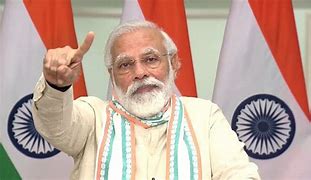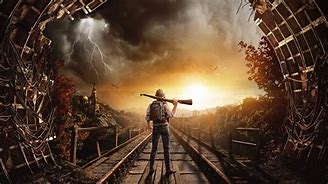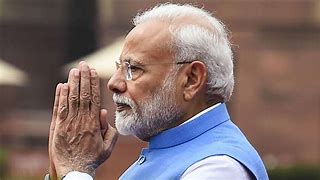Feature
Pakistan to invite Narendra Modi to improve bilateral relations

Islamabad: Prime Minister Narendra Modi will be invited to Pakistan for the South Asian Association for Regional Cooperation (Saarc) summit, a senior Foreign Office official said on Tuesday, raising hopes of a possible thaw in bilateral relations amidst the goodwill over the opening of Khartarpur Corridor.
Pakistani newspaper Dawn quoted Foreign Office spokesman Mohammed Faisal as saying this while addressing a Kashmir Conference here.
Faisal recalled that Prime Minister Imran Khan, in his first address after taking power, had said that if India took one step forward, Pakistan would take two.
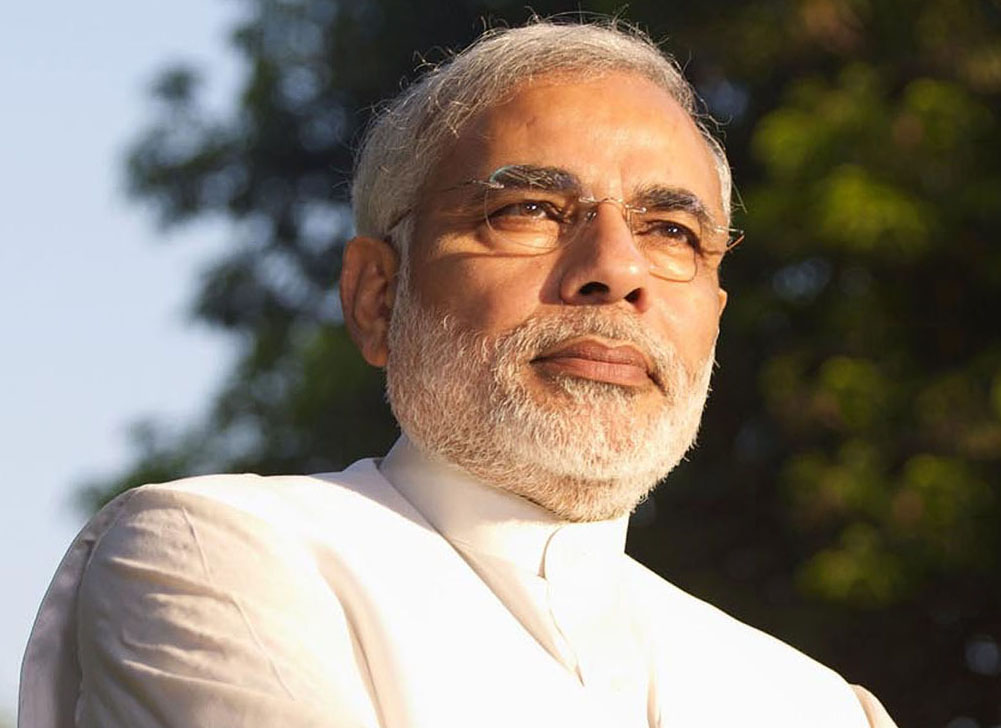
The Saarc Summit, which was to be held in Pakistan in 2016, was cancelled after India boycotted the event, triggering a pullout by Afghanistan, Bangladesh and Bhutan.
Faisal said Imran Khan had expressed Pakistan’s openness to resolve all outstanding issues through dialogue with India.
“We fought wars with India, relations cannot be fixed quickly,” Faisal said.
The decision to extend an invite to Modi for the Saarc comes at a time when the two countries have broken the ice with a decision to build the Kartarpur Corridor for visa-free travel for Sikh pilgrims to visit gurdwaras in Pakistan.
Narendra Modi will be invited to Pakistan to improve bilateral relations:
While the ground breaking ceremony on the Indian side was done on Monday, the Pakistan will complete the formality in Lahore on Wednesday at a function in which Imran Khan will participate.
The Saarc Summit has been the casualty of strained ties between India and Pakistan after the Pathankot terror attack in 2016 which New Delhi blamed on elements from Pakistan.
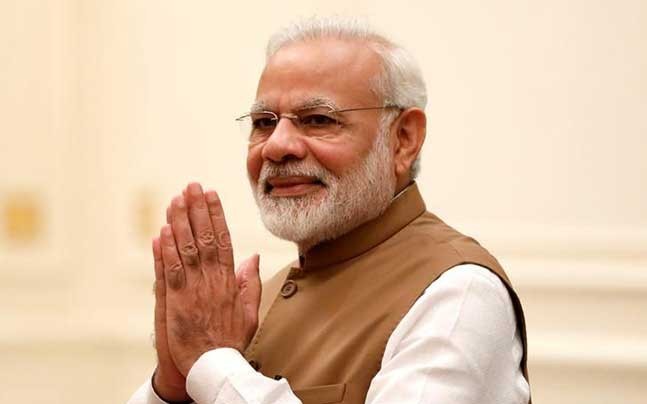
Ever since, there have been no high-level contacts between the two sides. A Foreign Ministerial level meeting in September on the sidelines of the UNGA in New York was aborted by India surprisingly a day after announcing it.
The Foreign Office spokesman said the Kartarpur Corridor, which will facilitate the travel of members of Indian Sikhs to their religious site in Pakistan, will be inaugurated on Wednesday and is expected to be completed within six months.
He added that Indian media had been invited to cover the inauguration ceremony.
“In this century, diplomacy has completely changed,” he said. “Now policies are made based on citizens’ emotions and wishes.”
Entertainment
Meghalaya Reserves Legalized Gambling and Sports Betting for Tourists

The State Scores Extra High on Gaming-Friendly Industry Index
Meghalaya scored 92.85 out of 100 possible points in a Gaming Industry Index and proved to be India’s most gaming-friendly state following its recent profound legislation changes over the field allowing land-based and online gaming, including games of chance, under a licensing regime.
The index by the UK India Business Council (UKIBC) uses a scale of 0 to 100 to measure the level of legalisation on gambling and betting achieved by a state based on the scores over a set of seven different games – lottery, horse racing, betting on sports, poker, rummy, casino and fantasy sports
Starting from February last year, Meghalaya became the third state in India’s northeast to legalise gambling and betting after Sikkim and Nagaland. After consultations with the UKIBC, the state proceeded with the adoption of the Meghalaya Regulation of Gaming Act, 2021 and the nullification of the Meghalaya Prevention of Gambling Act, 1970. Subsequently in December, the Meghalaya Regulation of Gaming Rules, 2021 were notified and came into force.
All for the Tourists
The move to legalise and license various forms of offline and online betting and gambling in Meghalaya is aimed at boosting tourism and creating jobs, and altogether raising taxation revenues for the northeastern state. At the same time, the opportunities to bet and gamble legally will be reserved only for tourists and visitors.
“We came out with a Gaming Act and subsequently framed the Regulation of Gaming Rules, 2021. The government will accordingly issue licenses to operate games of skill and chance, both online and offline,” said James P. K. Sangma, Meghalaya State Law and Taxation Minister speaking in the capital city of Shillong. “But the legalized gambling and gaming will only be for tourists and not residents of Meghalaya,” he continued.
To be allowed to play, tourists and people visiting the state for work or business purposes will have to prove their non-resident status by presenting appropriate documents, in a process similar to a bank KYC (Know Your Customer) procedure.
Meghalaya Reaches Out to a Vast Market
With 140 millions of people in India estimated to bet regularly on sports, and a total of 370 million desi bettors around prominent sporting events, as per data from one of the latest reports by Esse N Videri, Meghalaya is set to reach out and take a piece of a vast market.
Estimates on the financial value of India’s sports betting market, combined across all types of offline channels and online sports and cricket predictions and betting platforms, speak about amounts between $130 and $150 billion (roughly between ₹9.7 and ₹11.5 lakh crore).
Andhra Pradesh, Telangana and Delhi are shown to deliver the highest number of bettors and Meghalaya can count on substantial tourists flow from their betting circles. The sports betting communities of Karnataka, Maharashtra, Uttar Pradesh and Haryana are also not to be underestimated.
Among the sports, cricket is most popular, registering 68 percent of the total bet count analyzed by Esse N Videri. Football takes second position with 11 percent of the bets, followed by betting on FIFA at 7 percent and on eCricket at 5 percent. The last position in the Top 5 of popular sports for betting in India is taken by tennis with 3 percent of the bet count.
Local Citizens will Still have Their Teer Betting
Meghalaya residents will still be permitted to participate in teer betting over arrow-shooting results. Teer is a traditional method of gambling, somewhat similar to a lottery draw, and held under the rules of the Meghalaya Regulation of the Game of Arrow Shooting and the Sale of Teer Tickets Act, 2018.
Teer includes bettors wagering on the number of arrows that reach the target which is placed about 50 meters away from a team of 20 archers positioned in a semicircle.
The archers shoot volleys of arrows at the target for ten minutes, and players place their bets choosing a number between 0 and 99 trying to guess the last two digits of the number of arrows that successfully pierce the target.
If, for example, the number of hits is 256, anyone who has bet on 56 wins an amount eight times bigger than their wager.






